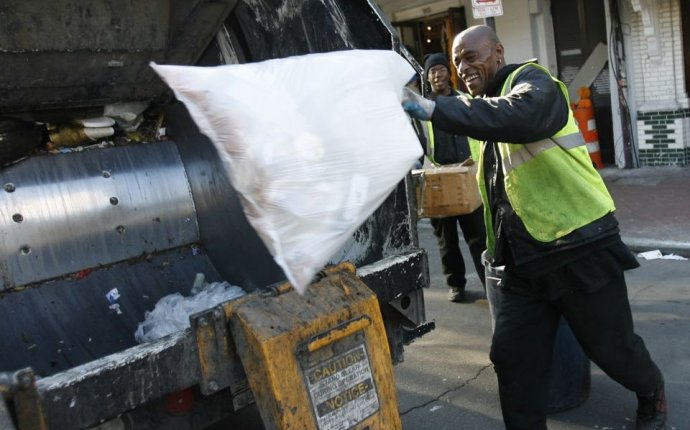
Wet Garbage Removal
Separating waste into wet and dry components at the source allows for far more recycling than when dry material is spoiled by comingled wet material. Wet waste includes foods, liquids, used tissues, and dirty paper towels. It is most common in bathrooms, break rooms, and kitchen areas. Dry waste is basically everything else; plastics, paper, clean cardboard, aluminum containers, metals, glass, etc. Almost all of it is recyclable if it is not spoiled by wet material. Participants collect wet and dry waste in color coded bags before putting both categories in a common bin.
Wet Waste
- All restroom waste receptacles must be lined with black garbage bags.
- In break rooms, kitchen areas, or coffee station areas, there must be at least one receptacle lined with a black bag and designated for collection of food, coffee grinds, liquids, dirty tissues and paper towels.
Dry Waste
- Receptacles for paper, plastic, metals and other dry waste must be lined with clear plastic bags.
At the Recycling Bin
- Both black and clear bags should be placed in orange recycling bins provided by Solid Waste.
- Dry waste may also be placed loosely in the orange bin.
- At the recycling center the black bags of wet waste are pulled out before processing begins.
Restaurants and coffee shops, in addition to the orange cart, have brown carts specifically for disposal of their higher volumes of food waste. That organic matter is collected separately and used as compost.
Resources for wet/dry participants
Wet-Dry Program Flyer-For non-food generating business
Wet Waste Sign
Frequently Asked Questions
What does Wet-Dry mean?
Wet-Dry refers to the separation of wet waste from dry waste prior to curbside collection. Wet waste includes foods, liquids, used tissues, and dirty paper towels. Dry waste is basically everything else.
Why am I being asked to line receptacles in my bathrooms and breakrooms with black bags?
Waste from bathrooms and breakrooms includes lots of food, liquids, used tissues, and dirty paper towels. This is waste that cannot run through the recycling processing facility. The black bags are our signal to pull this material before it enters the recycling facility. Receptacles outside of bathrooms and breakrooms should be lined with clear or translucent bags to help staff at the recycling facility more easily verify contents.
What are the boundaries of the Central Business District?
Generally, the boundaries are 15th St to the west, Hancock St to the east, Broadway to the south, and the Ohio River to the north.
How much will the food recycling service cost me?
Nothing! It's a free service provided by Louisville Metro Government. Louisville Metro is able to save money through more efficient operations and reduced tipping fees at the landfill. These savings more than cover the cost of paying a private hauler to provide food recycling carts for restaurants.
How will I train my staff?
For restaurants receiving food recycling carts, QRS Recycling will provide individual, on-site assistance at each restaurant to train kitchen employees and provide tailored solutions based on your restaurant's unique needs.
I am a restaurant where customers throw away their own waste. Will they be responsible for separating food waste from other waste?
No. Brown food recycling carts will be for kitchen and dish room areas only. In dining areas, receptacles will be lined with black bags. If customers produce a large amount of recyclable waste, a second 'recycle' bin lined with a clear bag is recommended.
What goes in my brown food recycling cart?
Click here for a printable poster explaining everything that can and cannot go into your food recycling cart. (Written in both English and Spanish)
I am a restaurant that is serviced by a private hauler. Can I join the food recycling program?
Yes contact MetroCall 311.
Where does the food from restaurants go?
Food waste is taken to a composting facility where it will be turned into high quality compost and reused in gardens and parks throughout our region.
Why do food and liquids have to be separated from other waste?
The separation of food and liquids is critical in removing the "wet" stuff that clogs up equipment at the recycling processing facility and ruins the value of recyclables, like paper and cardboard. In other words, if we don't separate the food and organic waste, we can't use the new commercial dry waste recycling facility to recover almost all recyclable material.
Why doesn't the city do the food waste collection itself?
The Department of Public Works is not equipped to collect food waste separate from other waste materials.









